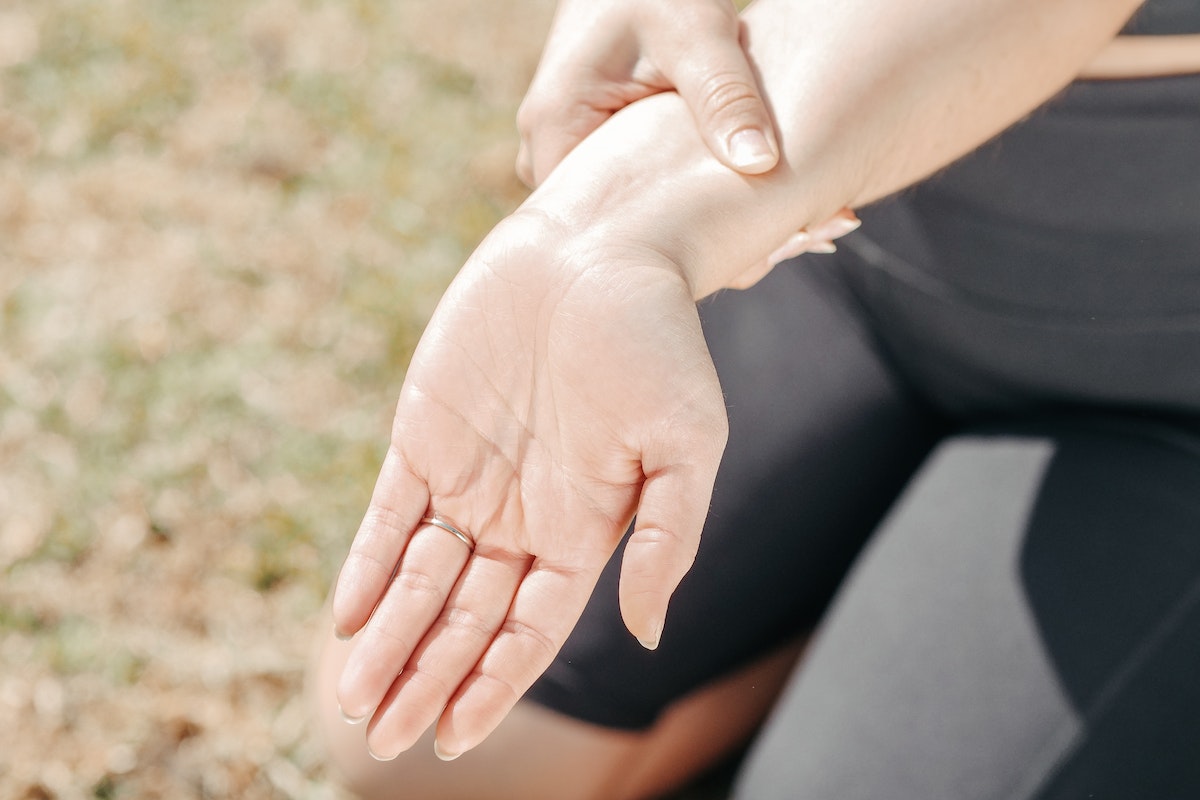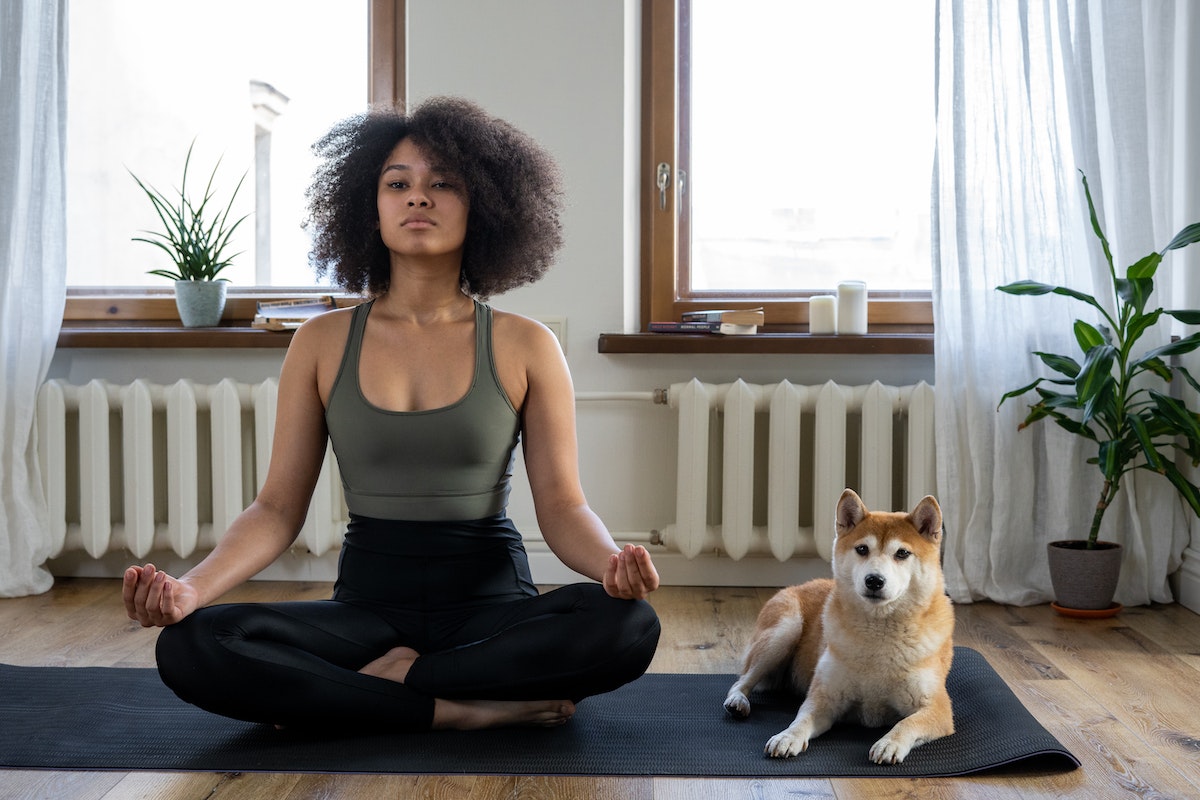Poor posture has become increasingly prevalent in modern society, with many people spending hours each day hunched over screens or slouching in chairs. Despite this growing issue, a survey by Orlando Health found that only 47 percent of Americans are concerned about their posture.
However, poor posture can have serious consequences, particularly when it comes to back pain. Back pain is a leading cause of disability, affecting an estimated 31 million Americans. Understanding how poor posture leads to back pain and taking steps to prevent it can help to reduce the risk of developing this debilitating condition.

Common Causes For Back Pain
There are many reasons why a person may experience back pain. Although conditions may vary, here are some of the most common causes:
Herniated Discs
A herniated disc occurs when the soft center of a spinal disc pushes through a crack in the tough outer layer, irritating the nearby nerves and causing pain, numbness, or weakness in the arms or legs. This condition is more likely to occur in people who perform repetitive lifting, bending, or twisting movements or those who have sustained a back injury.
Muscle Strains and Sprains
When the muscles and ligaments in the back are stretched or torn, it results in muscle strains and sprains. These injuries can be caused by sudden movements, lifting heavy objects, or poor posture. The pain from a muscle strain or sprain can range from mild to severe and may be accompanied by muscle spasms.
Arthritis

This condition causes inflammation in the joints, including those in the spine. This inflammation can cause pain, stiffness, and reduced mobility in the back. It is more prevalent in older adults, but joint degeneration can occur at any age due to poor posture or repetitive movements. Exercises for seniors are an effective way to manage arthritis, as it helps to reduce pain, maintain mobility, and improve overall health.
Osteoporosis
When you have osteoporosis, your bones become weak and fragile, which can increase your chances of breaking them. When this condition affects the bones in the spine, it can cause back pain, loss of height, and a hunched posture.
Scoliosis
The condition known as scoliosis causes the spine to curve to the side instead of staying straight down the back. This condition can cause back pain, reduced mobility, and noticeable spine curvature. Scoliosis treatment options depend on the condition’s severity and may include exercise, bracing, or surgery.
Spinal Stenosis
This condition occurs when the space within the spinal canal narrows, putting pressure on the spinal cord and nerves. It leads to pain, numbness, and weakness in the back, legs, or arms. Treatment options for spinal stenosis may include medication, physical therapy, or surgery.
Degenerative Disc Disease
Degenerative disc disease is a condition that occurs when the spinal discs begin to break down, causing them to lose their cushioning and shock-absorbing properties. It can cause pain and reduced mobility and may even lead to herniated discs. Different treatments might be recommended if you have degenerative disc disease, from physical therapy to injections or surgery.
Why Poor Posture Results In Back Pain?
Poor posture can have a significant impact on the health of your spine and can lead to back pain. Here are some ways in which poor posture affects your spine and contributes to back pain:
How Posture Affects the Spine
Your spine is designed to maintain a specific shape that allows it to support the weight of your body and protect your spinal cord. Poor posture, such as slouching or hunching over, disrupts the spine’s natural alignment, causing it to bear weight in unnatural ways. This condition can place excess stress on the muscles, ligaments, and joints of the back, leading to pain and discomfort.
The Effects of Slouching
Slouching, or hunching over, is a common cause of poor posture. When you slouch, your shoulders and upper back round forward, causing your spine to curve unnaturally. It can place pressure on the discs and vertebrae in your back, leading to pain and discomfort. Over time, slouching can also weaken the muscles in your back, making it more challenging to maintain good posture.
The Impact of Sitting for Extended Periods
Sitting for extended periods can also contribute to poor posture and back pain. When you sit, you are not using your core muscles to support your spine, which can cause your back to round and your shoulders to slump forward. Sitting for long periods can also cause the muscles in your back to become stiff and tight, leading to pain and discomfort.
How Technology Contributes to Poor Posture
Technology, such as smartphones and laptops, can contribute to poor posture and back pain. When you use these devices, you may hunch over or lean forward to see the screen, placing strain on your neck and upper back. It can cause the muscles in your back to become tight and sore, leading to pain and discomfort. Taking breaks and adjusting your posture regularly when using technology to prevent these issues is essential.
How To Treat Back Pain: Good Body Postures And Exercises
Back pain can be treated with a combination of healthy body posture workouts and exercises that help reduce pain. Here are some tips and practices that can help:
Good Posture Tips for Standing and Sitting
Maintaining a good posture while standing and sitting can help prevent back pain. When standing, keep your shoulders back, your chest out, and your weight evenly distributed between your feet. To maintain good posture while sitting, make sure to sit upright with your feet resting flat on the ground and your shoulders in a relaxed position. Refrain from slouching or hunching forward as this can cause back tension.
Exercises to improve posture and reduce back pain
There are several exercises that can help improve your posture and reduce back pain. For example, women’s collar bone stretches can help relieve tension in the shoulders and upper back, which can improve posture. Other exercises, such as wall angels and planks, can help strengthen the muscles in your back, which can also improve posture and reduce pain.
Yoga and Pilates for Better Posture

Yoga and Pilates are two forms of exercise that can help improve posture and reduce back pain. These practices focus on stretching and strengthening your back and core muscles, which can help you maintain good posture and reduce pain. Additionally, these practices can help improve your overall flexibility and range of motion.
How Physical Therapy Can Help
A physical therapist can work with you to develop an individualized treatment plan that includes exercises and stretches to improve posture and reduce pain. Additionally, a physical therapist can help you identify any underlying issues, such as muscle imbalances or alignment problems, contributing to your back pain.
Preventing Back Pain: Tips For Good Posture
Preventing back pain can be achieved by adopting good posture habits. Here are some tips for maintaining good posture:
How To Set up a Workstation for Better Posture
If you spend a lot of time at a desk, it’s important to set up your workstation in a way that promotes good posture.
Ergonomics is a great way to improve posture and reduce back pain. Consider investing in an ergonomic keyboard, mouse, or desk setup if possible. Ensure your chair is at the correct height, your feet are flat on the ground, and your computer screen is at eye level. Use a standing desk or a chair with lumbar support to help reduce strain on your back.
Tips for Sitting Correctly
Make sure to sit straight with your shoulders relaxed and your feet flat on the ground. Avoid crossing your legs or slouching, as this can strain your back. Use a chair with good back support, and consider using a cushion or rolled-up towel to support the natural curve of your lower back.
The Importance of Stretching and Movement Breaks
Taking regular breaks to stretch and move can help prevent back pain. Consider taking a short walk or doing some stretching exercises every hour. It can help relieve muscle tension and improve circulation, reducing the risk of back pain.
How To Lift Heavy Objects Safely
Lifting heavy objects can strain your back and increase the risk of injury. To lift heavy objects safely, stand close to the thing with your feet shoulder-width apart. Bend your knees and squat to lift the object, keeping your back straight. Hold the object close to your body and avoid twisting or turning while lifting. If the thing is too heavy to lift safely, ask for help or use lifting equipment.
Bottom Line
Poor posture can have a significant impact on back pain and can lead to long-term health problems. However, by adopting good posture habits, you can reduce your risk of back pain and improve your overall health. The above are some tips and exercises that can help you maintain good posture and reduce the risk of developing back pain. Prioritizing good posture is crucial to prevent back pain and maintain good health. By making these changes, you can enjoy a healthier, pain-free life. So, start taking care of your posture today and reap the rewards!

